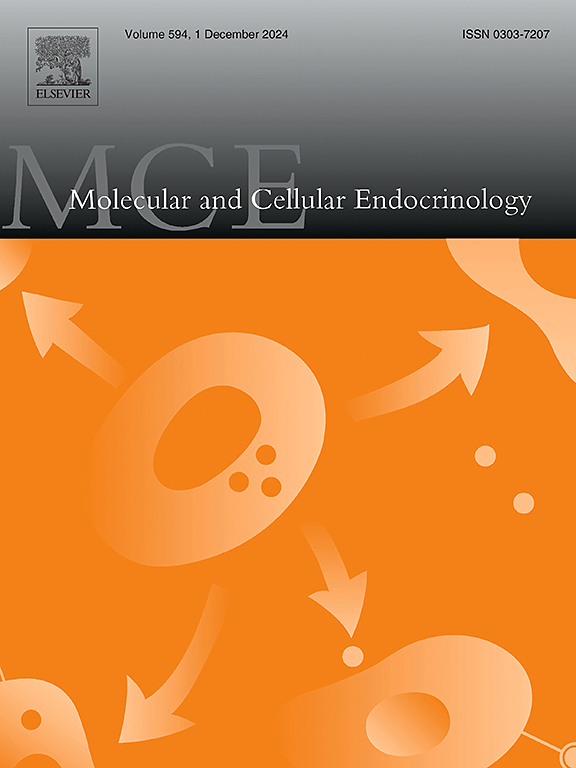Liraglutide promotes osteogenic differentiation of mesenchymal stem cells by inhibiting M1 macrophage polarization and CXCL9 release in vitro
IF 3.8
3区 医学
Q2 CELL BIOLOGY
引用次数: 0
Abstract
As a GLP-1 receptor agonist widely used in treating type 2 diabetes, liraglutide shows potential applications in bone tissue engineering. This study investigated liraglutide's direct effects on rat bone marrow mesenchymal stem cells (BMSCs) osteogenic differentiation and its regulatory mechanism through macrophage polarization. Results showed that liraglutide significantly enhanced BMSC migration and osteogenic differentiation. Additionally, liraglutide markedly inhibited M1 macrophage polarization induced by LPS and IFN-γ, reducing inflammatory factors CXCL9 and TNF-α secretion, possibly by partially reversing M1 macrophage regulatory signals (AMPK and NF-κB pathways). Compared to M1 macrophage-conditioned medium (M1-CM), conditioned medium from liraglutide-treated macrophages showed stronger promotion of BMSC osteogenic differentiation, though this effect was reversed by CXCL9 addition. The study demonstrates that liraglutide enhances BMSC osteogenic capacity both directly and by inhibiting M1 macrophage polarization and CXCL9 secretion, offering a new therapeutic option for severe bone defects with inflammatory responses.
利拉鲁肽通过体外抑制M1巨噬细胞极化和CXCL9释放促进间充质干细胞成骨分化。
利拉鲁肽作为广泛用于治疗2型糖尿病的GLP-1受体激动剂,在骨组织工程方面具有潜在的应用前景。本研究通过巨噬细胞极化研究利拉鲁肽对大鼠骨髓间充质干细胞成骨分化的直接影响及其调控机制。结果显示利拉鲁肽显著促进骨髓间充质干细胞迁移和成骨分化。此外,利拉鲁肽显著抑制LPS和IFN-γ诱导的M1巨噬细胞极化,减少炎症因子CXCL9和TNF-α的分泌,可能是通过部分逆转M1巨噬细胞调节信号(AMPK和NF-κB途径)。与M1巨噬细胞条件培养基(M1- cm)相比,利拉鲁肽处理的巨噬细胞条件培养基对BMSC成骨分化的促进作用更强,尽管这种作用被添加CXCL9逆转。研究表明利拉鲁肽可直接或通过抑制M1巨噬细胞极化和CXCL9分泌增强BMSC成骨能力,为严重骨缺损伴炎症反应提供新的治疗选择。
本文章由计算机程序翻译,如有差异,请以英文原文为准。
求助全文
约1分钟内获得全文
求助全文
来源期刊

Molecular and Cellular Endocrinology
医学-内分泌学与代谢
CiteScore
9.00
自引率
2.40%
发文量
174
审稿时长
42 days
期刊介绍:
Molecular and Cellular Endocrinology was established in 1974 to meet the demand for integrated publication on all aspects related to the genetic and biochemical effects, synthesis and secretions of extracellular signals (hormones, neurotransmitters, etc.) and to the understanding of cellular regulatory mechanisms involved in hormonal control.
 求助内容:
求助内容: 应助结果提醒方式:
应助结果提醒方式:


